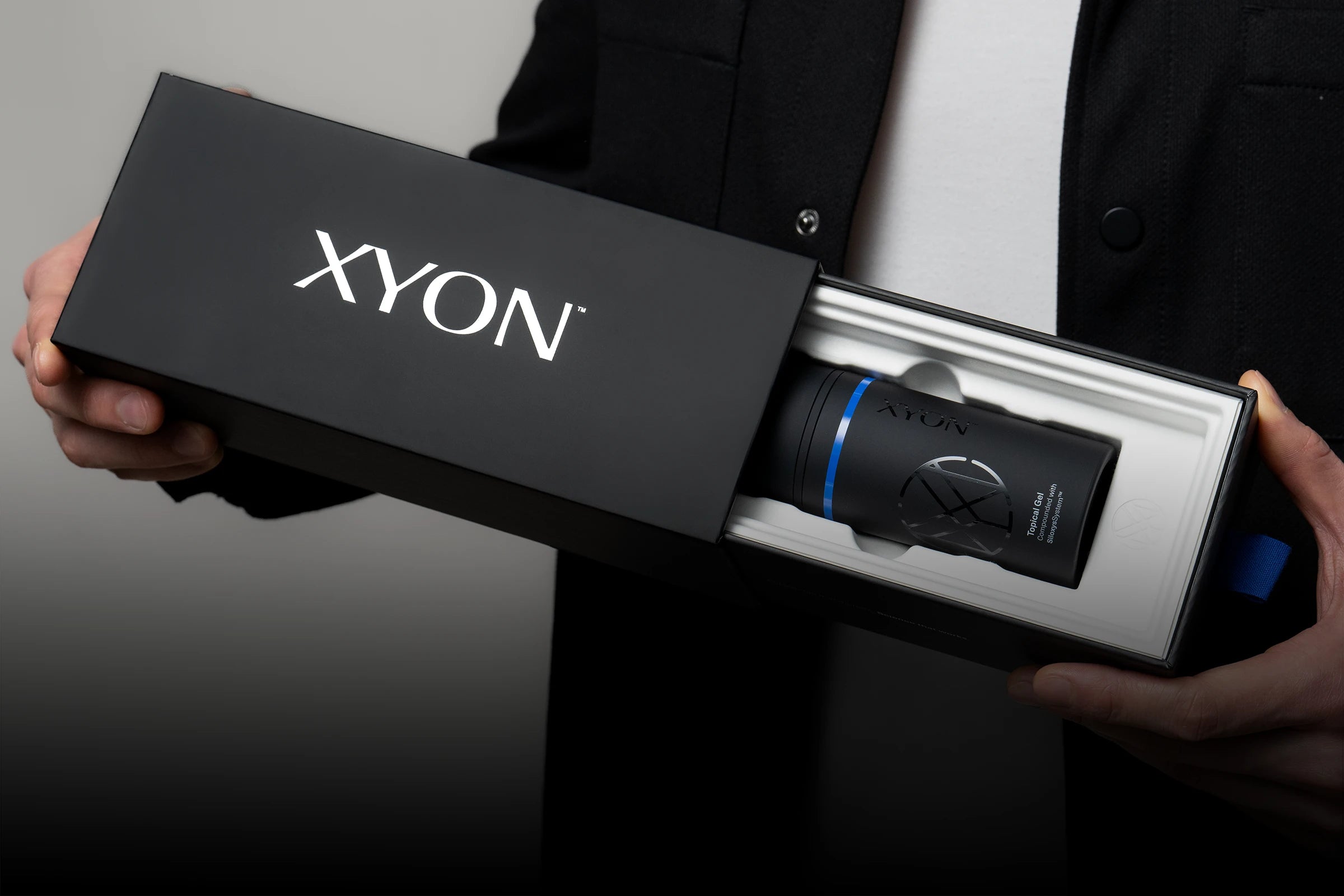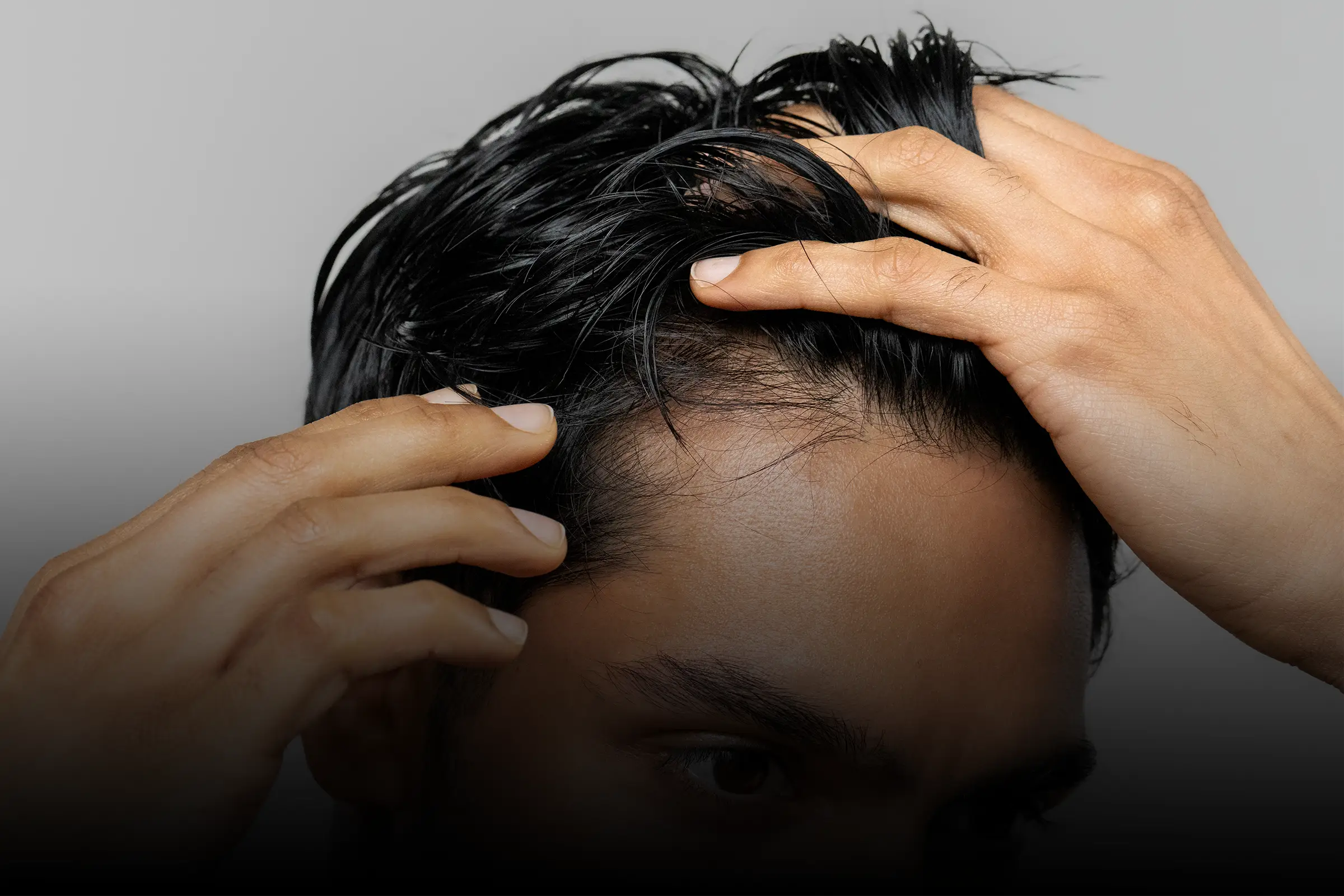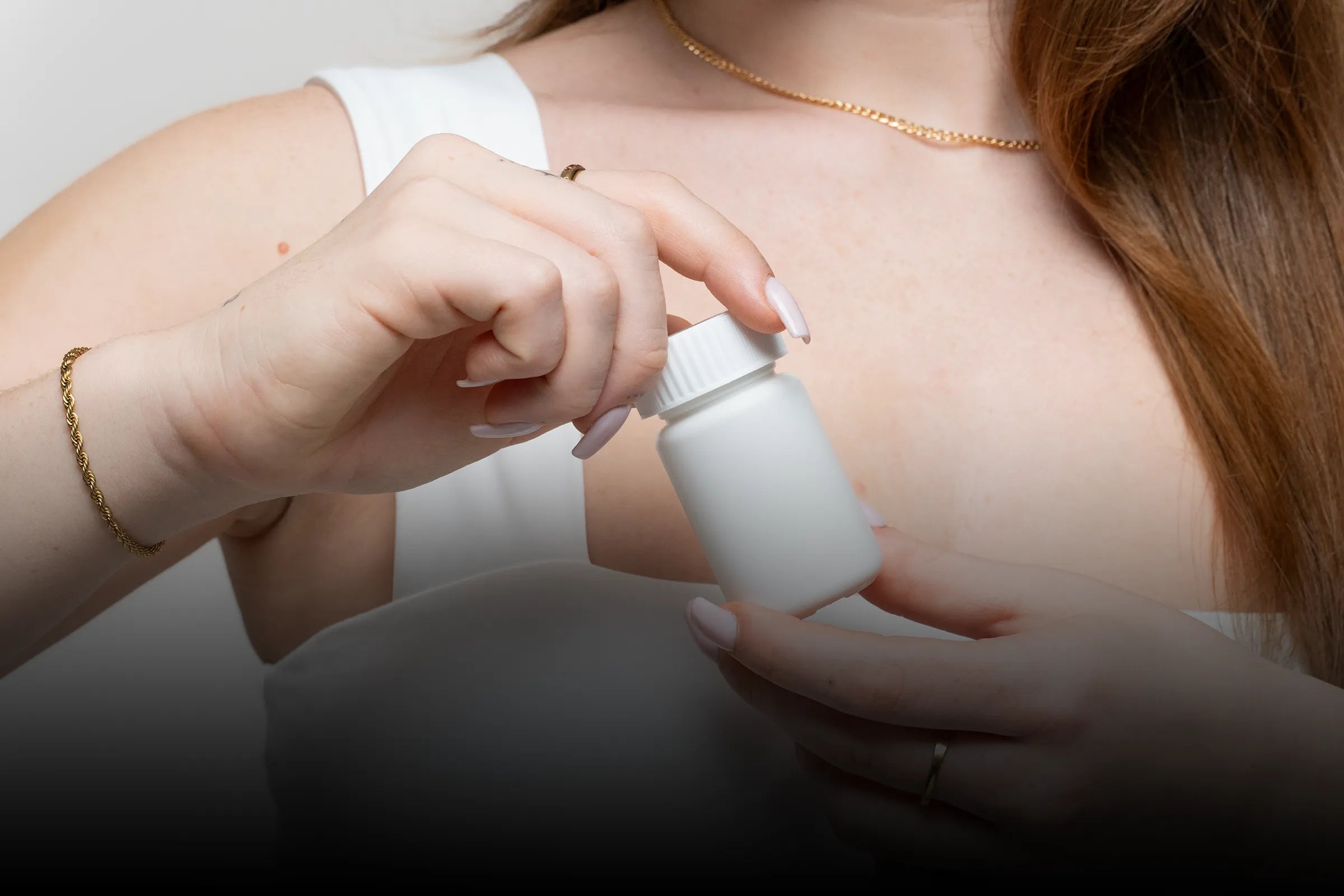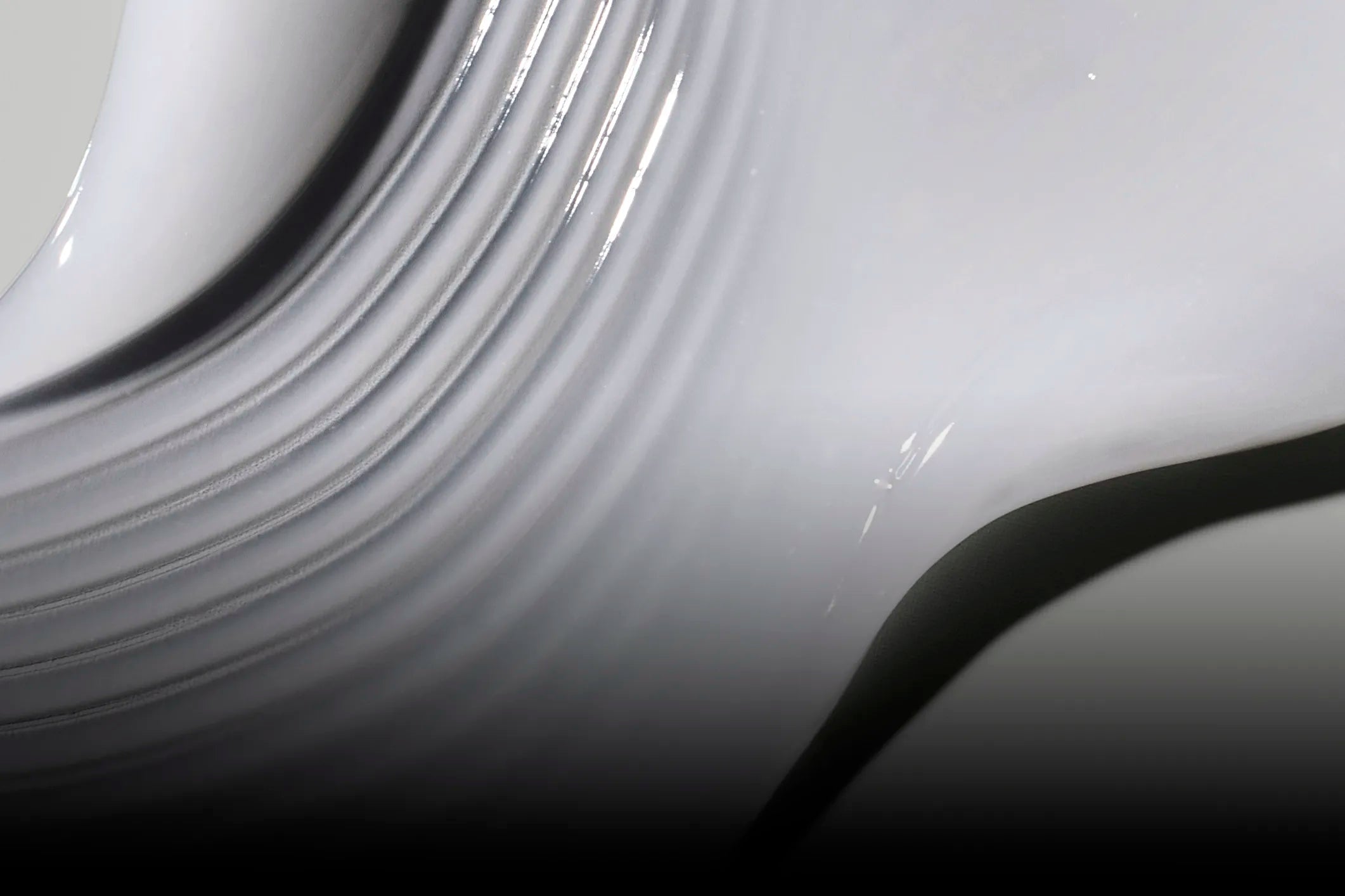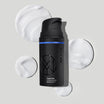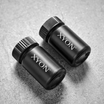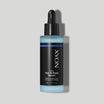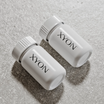With a growing body of evidence to support its efficacy and potency compared to finasteride, dutasteride is increasingly being prescribed off-label to treat pattern hair loss. If you’re already taking finasteride, is there a good reason to switch to dutasteride? And is there anything you should know before switching over? Read on to learn more about the potential benefits and drawbacks of switching between these hair loss treatments.
Can I switch from finasteride to dutasteride?
The short answer is yes. Dutasteride shares finasteride’s mechanism of action, which means that they are designed to work in the same way. Both finasteride and dutasteride block the 5-alpha reductase enzyme needed to convert testosterone into dihydrotestosterone. One thing to be aware of is that dutasteride is a stronger inhibitor of 5-alpha reductase, so its effect on blood DHT levels may be more significant. So while you won’t lose any of the therapeutic benefits of oral finasteride by making the switch over to oral dutasteride, there may be a higher burden of side effects. Based on currently available study data, the two medications appear to have a similar side effect profile. Your risk for side effects may be higher if you have a greater sensitivity to changes in DHT levels.
If you’re concerned about the potential side effects of dutasteride, you may want to consider trying a topical formulation of dutasteride such as Topical Dutasteride, with SiloxysSystem™ Gel. Because these are applied directly to the scalp, exposure of the rest of the body and the potential for side effects, are minimized.
Finasteride isn't for everyone. Did you know that XYON offers topical dutasteride in an innovative gel?
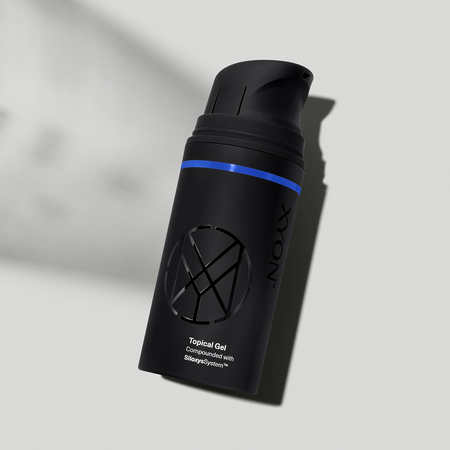
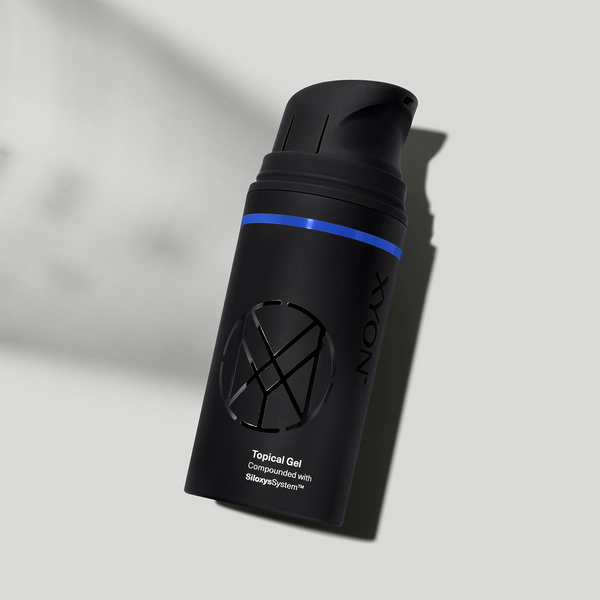
Switching to dutasteride is easy.
How to switch from finasteride to dutasteride
Switching from finasteride to dutasteride is straightforward. Take your last dose of finasteride (whether that’s a tablet or topical) as you normally would and begin dutasteride treatment the next day. Remember that with any hair loss medication, following a continuous and uninterrupted dosing schedule is the key to great results.
In order to obtain a prescription for dutasteride, you’ll need to meet with your doctor to confirm that you’re a suitable candidate. You can always ask your doctor or pharmacist questions about the benefits and potential risks of using finasteride vs dutasteride before you make your decision.
Switching from finasteride to dutasteride: Shedding
If you switch from finasteride to dutasteride, it’s possible that you might see an increase in shedding in the first month or so. This is similar to the finasteride shedding that some patients experience when starting hair loss treatment for the first time.
The reason why this shedding occurs is that 5-alpha reductase inhibitor use leads to a reduction in DHT. In high quantities, this hormone can arrest the growth cycle of hair follicles and prevent them from producing healthy hairs, or hairs at all. This process is called follicular miniaturization. With less DHT around, the miniaturization process may be reversed and hair follicles may slowly become productive again. But before starting new hair growth cycles, hair follicles need to shed pre-existing hairs.
Since dutasteride is a stronger inhibitor of 5-alpha reductase and therefore has a greater DHT-lowering effect, more hair follicles may be prompted to transition into new growth cycles, leading to increased shedding. The good news is that this type of shedding is temporary and typically resolves without any intervention in approximately 3-6 months. Research tells us that sticking with dutasteride treatment is worth it in the long term, with one study finding dutasteride superior to finasteride in improving total hair counts after 24 weeks of treatment (Shanshanwal and Dhurat, 2017).
Switching from finasteride to dutasteride: Takeaway
Switching from finasteride to dutasteride for hair loss is a straightforward process. You’ll need to consult with your doctor first to confirm that dutasteride is a good option for you. If you are prescribed dutasteride, simply follow the dosing instructions provided, remembering that consistency is the key to success. It’s possible that you might notice some shedding when you transition over to dutasteride because it’s a more potent DHT-lowering agent, but this shedding is temporary and should resolve itself within a few months.
